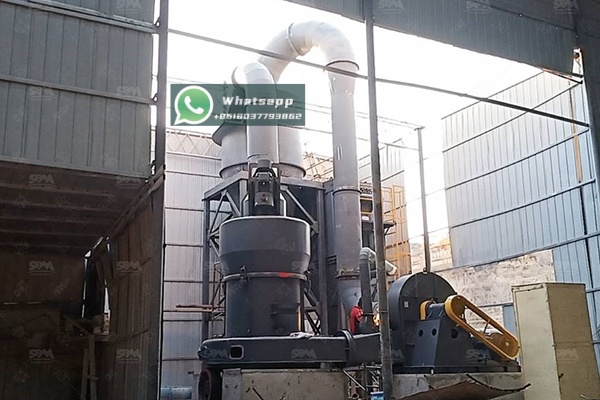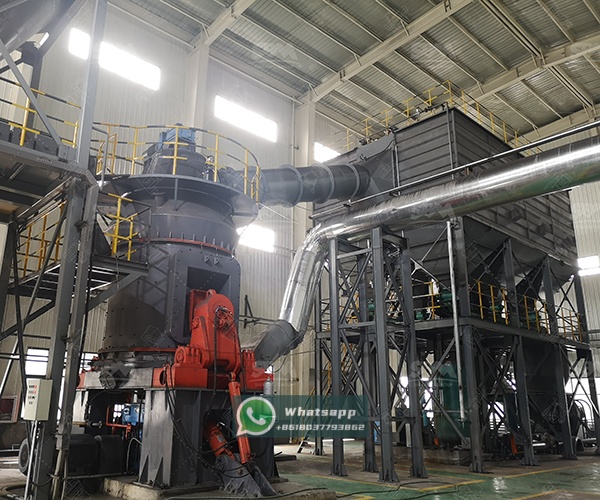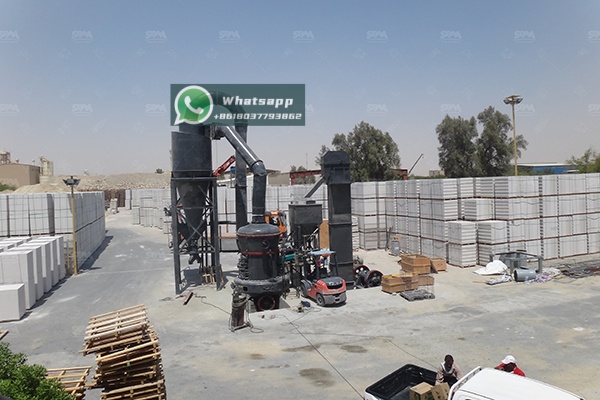The architectural glass industry represents one of the most demanding and technologically advanced sectors in modern manufacturing. The pursuit of larger, stronger, more energy-efficient, and aesthetically versatile glass products requires raw materials of exceptional purity and consistency. Among these essential raw materials, dolomite (CaMg(CO3)2) holds a critical position. As a key component in the glass batch, dolomite acts as a stabilizer, contributing to the hardness, chemical durability, and weatherability of the final glass product. However, its effectiveness is entirely dependent on its physical and chemical properties after processing, making the selection of the appropriate milling technology a paramount decision for any European glass producer.
This article explores the specific challenges and requirements of processing dolomite for the architectural glass sector within the European market, with a particular focus on the technological solutions offered by advanced grinding equipment from industry leaders like Shanghai Zenith Machinery Co., Ltd.
In the glass batch recipe, dolomite serves a dual purpose. Primarily, it is a source of both calcium oxide (CaO) and magnesium oxide (MgO). Calcium oxide enhances the chemical resistance and hardness of the glass. Magnesium oxide, on the other hand, modifies the viscosity-temperature relationship of the glass melt. It helps to lower the melting temperature, thereby reducing energy consumption, while also improving the workability of the glass during the forming process. Crucially, MgO helps prevent devitrification (unwanted crystallization) and contributes to the long-term stability of the glass.
For architectural glass, which must withstand decades of environmental exposure, the quality of the dolomite used is non-negotiable. Impurities such as iron oxide (Fe2O3) can introduce color tints (typically green or brown), which is unacceptable for high-quality clear or ultra-clear glass applications. Therefore, European mills sourcing dolomite must not only ensure low impurity levels from the quarry but also select a grinding process that does not introduce contamination from wear parts.
The grinding process for dolomite destined for architectural glass must meet several stringent criteria:
Continuous operation is essential for glass production lines. Downtime for mill maintenance can be extremely costly. Therefore, grinding systems must be robust, reliable, and designed for easy maintenance of wear parts.

Traditional grinding solutions, such as basic ball mills or Raymond mills, often fall short of meeting the modern demands of the glass industry. Ball mills, while capable of producing a fine grind, can be inefficient in terms of energy usage, with a significant portion of energy lost as heat and noise. They also pose a higher risk of iron contamination from grinding media and liners if not properly specified. Older Raymond mill designs may struggle to achieve the precise particle size control required and can have higher maintenance frequencies due to their mechanical complexity.
This is where advanced, integrated grinding systems from specialized manufacturers provide a distinct advantage.
Shanghai Zenith Machinery Co., Ltd., with its extensive experience in industrial powder processing, offers technologies that are ideally suited to the precise needs of European dolomite processing for glass. Two of their flagship products are particularly relevant: the LM Vertical Grinding Mill and the MTW European Trapezium Grinding Mill.
The LM Vertical Grinding Mill represents a leap forward in grinding technology. Its vertical structure integrates crushing, grinding, drying, classification, and conveyance into a single, compact unit. This integrated approach offers several key benefits for dolomite processing:
The technical parameters of the LM Vertical Grinding Mill series for mineral processing are outlined below, with models like the LM190K being well-suited for medium to large-scale European dolomite operations.
| Model | Plate diameter (mm) | Capacity (t/h) | Output fineness (μm) | Max feed size (mm) | Main motor (kW) |
|---|---|---|---|---|---|
| LM130K | 1300 | 10-28 | 170-40 | <38 | 200 |
| LM190K | 1900 | 23-68 | 170-40 | <45 | 500 |
| LM280K | 2800 | 50-170 | 170-45 | <50 | 1250 |

For operations seeking a proven, highly reliable trapezium mill design, the MTW European Trapezium Grinding Mill is an excellent choice. It incorporates multiple national patents and international advanced technologies. Its features make it a strong contender for dolomite grinding:
The MTW series offers a range of models to suit different production capacities. For instance, the MTW215G model can handle large feed sizes and deliver high output, making it ideal for a major European dolomite supplier.
| Model | Max. Feed Size (mm) | Final size (mm) | Capacity (t/h) | Main motor (kW) | Fan motor (kW) |
|---|---|---|---|---|---|
| MTW110 | <30 | 1.6-0.045 | 3-9 | 55 | 55 |
| MTW138Z | <35 | 1.6-0.045 | 6-17 | 90 | 110 |
| MTW215G | <50 | 1.6-0.045 | 15-45 | 280 | 315 |
The success of a European dolomite mill serving the architectural glass sector hinges on its ability to deliver a product that is consistent, pure, and tailored to the exacting standards of glass manufacturers. Moving beyond traditional milling methods to adopt advanced technologies is no longer an option but a necessity to remain competitive and sustainable.
Shanghai Zenith Machinery Co., Ltd., with its comprehensive portfolio of grinding equipment, including the highly efficient LM Vertical Mill and the robust MTW European Trapezium Mill, provides tailored solutions that directly address the core challenges of particle size control, energy consumption, and product purity. By partnering with a technology leader like Zenith, European dolomite producers can optimize their operations, reduce their environmental impact, and secure their position as critical, high-quality suppliers to the global architectural glass industry.
